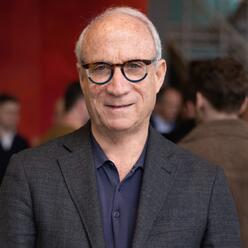What are the areas of concern for OpenAI’s corporate governance structure?
What are the areas of concern for OpenAI’s corporate governance structure?
This case explores the intersection of organizational governance and artificial intelligence in the context of the November 2023 crisis and aftermath at OpenAI centered around the firing of the CEO Sam Altman by the independent board members. A Y Combinator firm with high-powered founding donors such as Elon Musk, Openai launched in December 2015 as a non-profit company. By 2018, the failure to achieve its financial targets led to the bleeding of cash, a situation that prompted the creation of a for-profit subsidiary that, despite capped financial returns, attracted immediate venture capital and corporate funding, including the multi-billion dollar investments by Microsoft led by its CEO Satya Nadella. In November 2022, OpenAI launched its breakthrough product ChatGPT and signaled clearly its dominance in the competitive AI market. Yet, commercial success also highlighted the looming doubts over its governance to cage a dynamic for-profit entity within a non-profit structure. Soon after Altman’s firing and rehiring, key founder members and employees exited while OpenAI remade its board to grapple with the critical questions of its governance and leadership to pilot responsible use of AI in society in reference to develop an Artificial General Intelligence in the next years.
